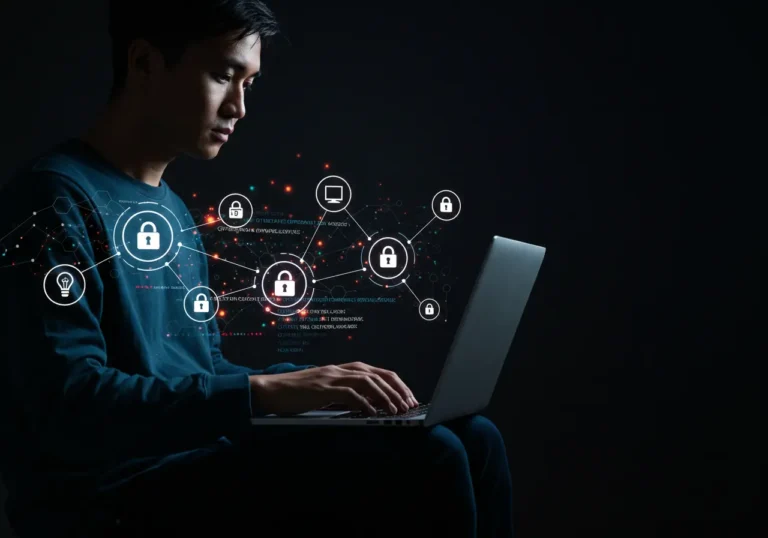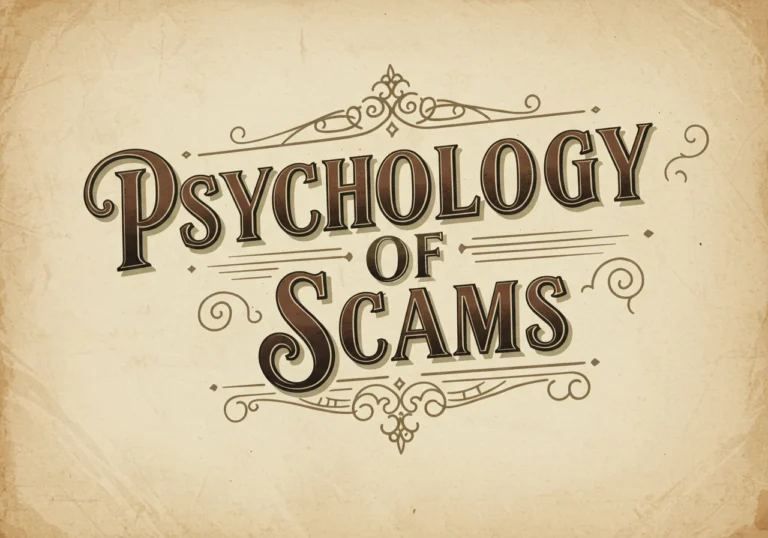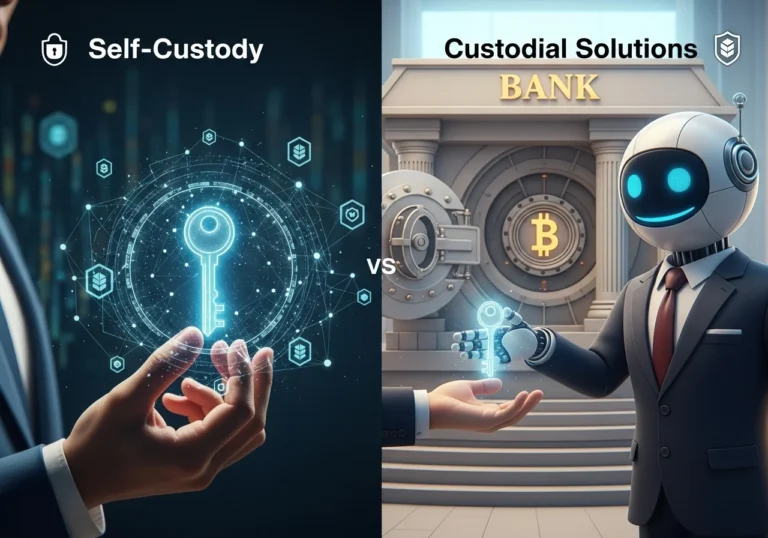Why Public & Private Keys Matter (And How Not to Lose Them)
The Super Simple Idea: Two Keys, One Lockbox
Remember your crypto stash. It’s not coins in a purse. It’s locked away in a super-secure digital box. This box has a special lock needing two completely different keys:
- Your Public Key: The Mail Slot. This one’s like your email address or your P.O. Box number. Totally fine to share it with anyone. Put it on your website, tweet it, give it to your grandma. Why? Because its only job is to receive. When someone sends you crypto, they drop it into this slot. Think of a post office box – anyone can slip mail in, but only the person with the actual key can open the box and get the mail out. This is the core of the public key cryptography protocol.
- Your Private Key: The Actual Key. This is the secret sauce. The real key that opens your digital box. It proves the stuff sent to your public key is yours. It lets you send your crypto out. This one? You guard it like your life depends on it. Seriously. Don’t share it with your best friend, your partner, or some random “helper” online. Protecting this key is the whole game of cryptographic key management. Lose it? Your crypto might be gone forever. Share it? Consider it stolen.
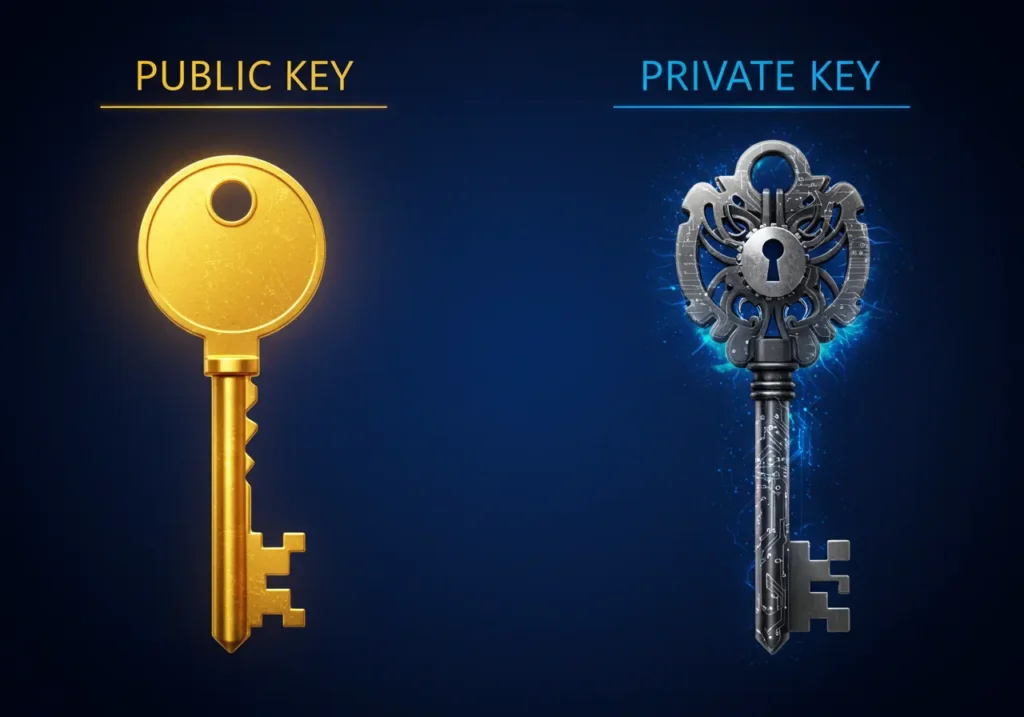
Breaking Down Your Public Key
So your Public Key is out there. What’s it really doing?
- It Comes from Your Private Key (By Magic Math!): Here’s the clever part. Using some seriously complex math (like the RSA encryption algorithm or similar), your public key is created from your private key. It’s a one-way street. Knowing the public key tells you zilch about the private one. Like seeing a locked safe – you know where the slot is, but you have no idea what the key looks like inside.
- It’s Your Crypto “Address”: This is that long string of gibberish (like
bc1qar0sczr7xfkvy5l643lydnw9re59gtzzwf5mdqfor Bitcoin) you give people to pay you. Think account number. - It Checks Your “Signature”: When you send crypto, you create a special digital mark using your private key. The network uses your public key to check that mark and say, “Yep, this really came from the owner of this address.” That’s the digital signature verification process.
The Star of the Show: Your Private Key
This little piece of digital information holds all the power.
- It’s Made Randomly: When you set up a new wallet, a clever key pair generation tool whips up a massively random private key. How random and how long it is matters hugely for security – that’s key length selection criteria doing its thing.
- It Unlocks Your Crypto: Want to spend or move the crypto linked to your public key? You must use this exact private key. It’s the only thing that works.
- It Makes Your Unique Mark: When you approve a transaction, your wallet uses your private key to create a one-of-a-kind, unforgeable digital signature. This screams, “I approved this exact payment.” Nobody else can fake it.
- Total Control = Total Responsibility: You’ll hear this a lot: “Not your keys, not your coins.” If your keys live on an exchange (like Coinbase or Kraken), they control your crypto. If you hold your own keys (using a wallet like MetaMask or a hardware device), you are in charge – which means you are responsible for not losing them!
The Dance: How They Work Together
Say you want to send me some crypto. Here’s what happens behind the scenes:
- You Get My Public Key: I give it to you. No biggie, it’s just my receiving address.
- You Set Up the Send: In your wallet app, you say: “Send X crypto to Mike’s Public Key.”
- Your Wallet Signs Off: Using your private key, your wallet makes a unique digital signature for this exact transaction. This proves you own the crypto and okayed sending it to me.
- Broadcast Time: Your wallet sends the transaction details (amount, my public key, your signature) out to the crypto network.
- Network Check: The network folks grab your public key. They run some fancy math to see if your signature matches up with your public key. That’s the digital signature verification process in action. If it matches? Thumbs up! “Yes, the owner of this crypto approved sending it to that address.”
- Done Deal: The crypto moves from your balance to mine. I can now access it with my private key.
This whole clever system lets strangers send money securely, without needing a bank in the middle. It relies entirely on the unbreakable math link between your two keys and the secure key exchange mechanism built into public key crypto (you only ever swap public keys!).
Guarding Your Golden Ticket: Private Key Storage Best Practices
Since your private key is everything, protecting it isn’t optional. It’s cryptographic key management 101. Here’s how the smart money does it:
- Keep it Offline, Always: Don’t save it in a note on your phone. Don’t email it to yourself. Don’t stash it in an unprotected cloud doc like Google Drive. Computers get hacked. Clouds leak. It’s just not safe.
- Old School Meets Tough: Write it down. Yep, seriously. The original, rock-solid method is writing your private key (or more often, your seed phrase – the human-friendly backup for your key) on paper. But paper? It rips, burns, fades. Better? Stamp it onto metal. Fireproof, waterproof, kid-proof. Special crypto steel plates are made for exactly this. Best private key storage best practices start right here.
- Hardware Wallets: Your Digital Safe: These are little gadgets (like a super-secure USB stick – think Ledger or Trezor). Your private key is born and lives inside the device, never touching your internet-connected computer or phone. To sign a transaction, you physically press a button on the device. It’s like signing a cheque inside Fort Knox. Essential for any serious amount of crypto.
- Backups, Backups, Backups!: One copy isn’t enough. What if your house floods? Or there’s a fire? Make multiple copies (metal is best!) and hide them in different, super secure physical spots – a bank safety deposit box, a trusted friend’s safe (who won’t peek!), a well-hidden home safe. Don’t advertise where they are!
- Phishing is Real: Don’t Bite!: No real company, ever, will ask for your private key. Ever. Someone sliding into your DMs offering “help” and asking for it? Scammer. A website suddenly popping up asking you to “confirm” your wallet by typing your seed phrase? Total scam. Be suspicious. Be very suspicious.
The Clever Math Behind It All (Simplified!)
The magic making this possible involves different key encryption algorithm comparison. Think of them as different super-secure ways to build the lock:
- RSA (The Old Reliable): One of the first, used everywhere. Relies on making it super hard to factor huge numbers. Common in website security (that padlock icon) and some crypto. Key length selection criteria is key here – longer keys (2048-bit, 4096-bit) are much stronger.
- ECDSA (The Crypto Favorite): Used by Bitcoin, Ethereum, and loads of others. Uses fancy “elliptic curve” math. Big plus? Same security as RSA but with shorter keys, making transactions smaller and faster. Understanding the public key cryptography protocol your crypto uses helps.
- EdDSA (The New Kid): A newer, slicker version of ECDSA, often seen as more secure and efficient. Used by some newer blockchains.
Picking the right math and key length is the developer’s job. For you, knowing strong, trusted math (like ECDSA in Bitcoin) backs the public key infrastructure implementation protecting your coins gives peace of mind.
This Stuff is Everywhere! (Not Just Crypto)
While we’re talking crypto, this public key cryptography protocol is the silent hero of the whole internet!
- Secure Websites (HTTPS): That little padlock in your browser? It means your connection is scrambled. Public/private keys set up that secure tunnel, keeping your login and credit card safe from snoops.
- Secret Emails (PGP/GPG): Lets you send encrypted emails only the intended person can read, using their public key.
- Signing Documents Digitally: Proves an electronic document (like a contract) is real and hasn’t been tampered with.
Getting the hang of public and private keys helps you understand security everywhere online. It’s basic digital smarts.
What You Can Do Today (Seriously, Do This!)
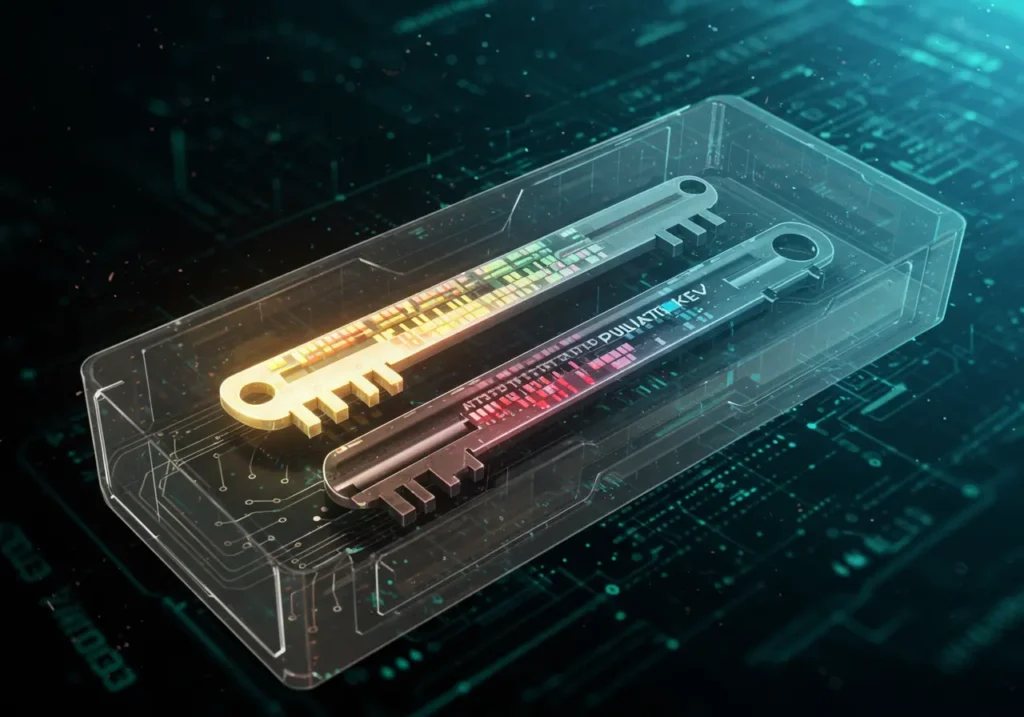
Feeling less overwhelmed? Awesome. Here’s your action plan:
- Know Where Your Keys Live: Using an exchange (like Coinbase or Binance)? They hold your keys. Understand what that means (“Not your keys…”). Using a software wallet (MetaMask, Exodus, etc.)? You hold the keys. Do you know your seed phrase? Where is it? Is it safe?
- Get a Hardware Wallet (If You Have Skin in the Game): Got more crypto than you’d happily lose? Get a hardware wallet. It’s the single best step for security. Set it up carefully and back up that seed phrase onto metal immediately. Don’t put it off!
- Check Your Backups: Already have a seed phrase written down? Go look at it. Is it clear? Is the paper getting tatty? Where is it? Only one copy? Fix this. Get metal backups made and stash them securely in different places. Today.
- Stay Sharp: Develop a healthy dose of caution. Double, triple-check addresses before sending crypto. Only type your seed phrase into your own wallet software during setup or restore. Never share it. Be super wary of “free money” offers and unsolicited “support.”
- Keep Your Ear to the Ground: Security changes. Stay updated on best practices. Follow trustworthy crypto news sites or the official blogs for your wallet.
The Bottom Line: You Hold the Power
Public & Private Keys aren’t just techy details. They’re the simple, powerful tool that puts you in control of your digital money. Understanding them – knowing your public key is for sharing, but your private key is the crown jewel you guard fiercely – is the biggest step to feeling secure.
It turns crypto from something mysterious and scary into something you can actually manage. It gives you real ownership. Dave learned his lesson the messy way. You don’t have to. Take charge of your keys, lock them down tight, and step into the crypto world with way more confidence. Your future self (and your crypto) will thank you.
Quick Recap: Key Facts to Remember
- Public Key = Shareable Address: Like your P.O. Box number. Safe for anyone to send crypto to.
- Private Key = Your Secret Key: Opens your crypto box & approves sends. NEVER EVER SHARE IT.
- Math Links Them: Public key comes from private key (using math like RSA), but public key can’t reveal the private one.
- Digital Signatures: You sign with your private key. Network checks it with your public key.
- “Not Your Keys, Not Your Coins”: Exchanges control keys? They control your crypto. Self-custody means you are in charge (and responsible!).
- Storage is EVERYTHING:
- Best Move: Use a Hardware Wallet (e.g., Ledger, Trezor).
- Backup MUST: Save your Seed Phrase on Metal Plates. Multiple copies, different secure spots.
- Scam Alert: Legit companies never ask for your private key or seed phrase.
- Math Matters: Underlying algorithms (like ECDSA in Bitcoin) provide security. Key length is crucial.
- Bigger Than Crypto: This tech secures websites (HTTPS), emails, and digital signatures too.

Hello, I’m Edmilson Dias, founder of CoinBringer. I created this platform to guide people through the fast-moving world of cryptocurrency with clarity and safety. With years of research in blockchain and digital security, my goal is to translate complex topics into practical knowledge, offering reliable tutorials, safety insights, and guidance for both newcomers and experienced users.
Discover more from CoinBringer
Subscribe to get the latest posts sent to your email.



